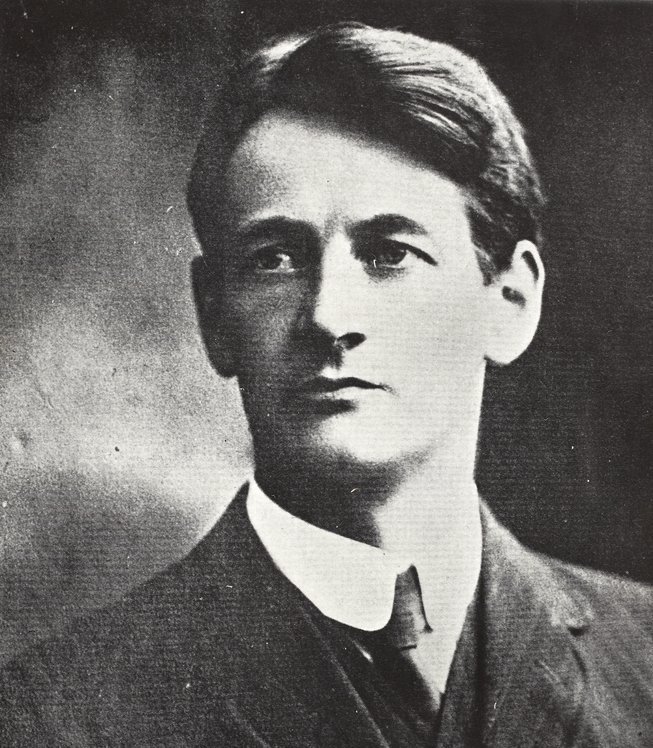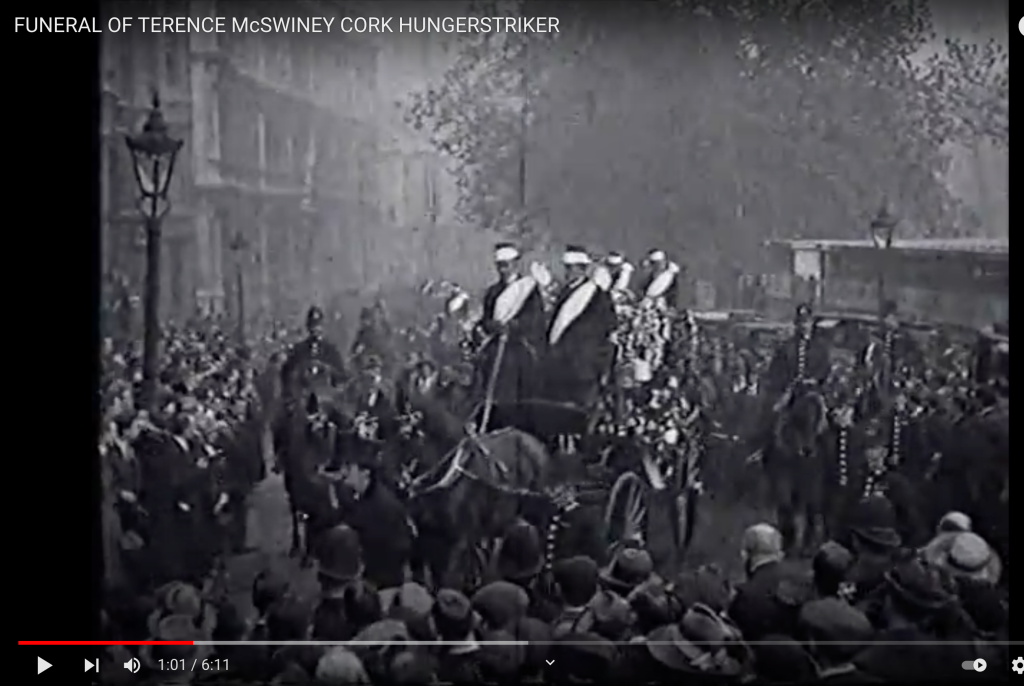Part III of 3 parts of Udham Singh: A Colonial Massacre and the Birth of a ‘Revolutionary’
Sardar Udham is not, then, a film without its insights. Anti-colonial cinema in India has been prone to cast English officials such as O’Dwyer, or the officials who appear in Lagaan, as wooden characters. It is immaterial that, even in a film claiming to be based on ‘true events’, Udham is shown—in the absence of supportive historical evidence—as having ingratiated himself into O’Dwyer’s good graces and found employment at his home, but this artistic license permits the viewer to be privy to exchanges between the two which furnish a few clues to some peculiarities of the colonial sensibility. The British in India saw themselves as a transcendent force for the good, as custodians of law and order and firm adherents of the rule of law, and as exemplars of the idea of fair play whose keen sense of justice won them the goodwill of ordinary Indians. The highly placed colonial official Major-General John Malcolm, one-time Governor of Bombay and a prolific author, was speaking for every one of his ilk when in 1823 he wrote that ‘almost all who from knowledge and experience have been capable of forming any judgment upon the question, are agreed that our power in India rests on the general opinion of the Natives of our comparative superiority in good faith, wisdom, and strength, to their own rulers’ (A Memoir of Central India, Vol 2, Appendix 18). And that was putting it in mild and even polite language, considering that James Mill thought of India as being in a ‘rude’ (primitive) stage of civilization and others wrote of the ‘savagery’ of Indians. To the end of his life, O’Dwyer—a more critical character than the immediate perpetrator of the massacre since as the administrator of the Punjab he was responsible for shaping the policy in that province—persisted in holding to the view that it was the educated who had instigated the common folk of the Punjab to rebellion and that the yeomen peasantry could not be aroused to political consciousness except through the machinations of the Indian political elite. Both O’Dwyer and Dyer remained wholly unrepentant, firm in their belief that the Amritsar shooting was a military necessity and a deterrent that alone could prevent India from erupting into rebellion as in 1857. If, at the end of it all, there is not much else that one can divine from the filmmaker’s attempt to enter into O’Dwyer’s frame of mind, it is largely because Michael O’Dwyer, as his memoir amply demonstrates, was a man of singular mediocrity.


Amidst the humdrum life of Michael O’Dwyer and the peregrinations of Udham Singh, there are two moments of cinematic illumination which set up what is the fundamental story of modern times, that is the dialectic of motion and stillness, the mobile and the immobile. When Udham walked into Caxton Hall on 13 March 1940 with the intention of eliminating O’Dwyer, he carried with him an identity card that bore the name of ‘Mohamed Singh Azad’. Popular tradition has improved upon historical fact and rendered the name, as does Sardar Udham, as ‘Ram Mohamed Singh Azad’. What does this signify, asks a senior British official, to which Inspector John Swain somewhat haltingly replies: ‘Sir, this name signifies the religious unity of India’. Udham’s acolytes hold this up, quite reasonably, as an illustration of their shaheed’s secular credentials, but this gesture, even as it anticipates the theatrics of Amar Akbar Anthony by a generation, is somewhat predictable. Far more arresting is the fact that Udham assumed multiple aliases, traveling incognito with passports in the names of Sher Singh, Ude Singh, Udham Singh, and Frank Brazil. We moderns like to think of ourselves as living in a (to use that dreadful cliché) global village, but ours is an era not only of passport control but draconian surveillance regimes. The passport itself is a relatively modern invention just as the nation-state is the ghetto from which we cannot escape. What is most remarkable is just how mobile Udham could be, transgressing borders with relative ease. Against this mobility is the indubitable fact of the immobility of the thousands who were trapped in the walled enclosure known as Jallianwala Bagh. Some could run, but only a few metres before running into the bagh’s outer wall or being mowed down by the deadly hail of fire. Many others could not run at all; hundreds were trampled over in the ensuing stampede. In what is the film’s darkest and chilling moment, Udham crawls over the wall of the bagh later in the evening and stumbles upon mounds of the dead and the wounded. In an extended sequence lasting over fifteen minutes, he leaves with the wounded and repeatedly returns to take them to safety: in the stillness of the night, there are at most the faint moans of the wounded. It is Ghalib, writing on Delhi as a desolate city of the dead after the British had reduced Hindustan’s first city to abject submission, that comes to mind: 1857 redux, precisely what the two henchmen of the Raj thought they were averting.
*****
The Jallianwala Bagh Memorial has been mired in controversy since the present government sought to transform it over the last several years into what they call a ‘world-class’ tourist site. Though Amritsar has a statue of Udham Singh that was installed in 1990, a large new statue of Udham Singh, which though sponsored by the Kamboj community to which he belonged can also be seen as part of the renovation initiative, was put up in 2018 just outside the memorial complex. The statue from 1990 shows Udham as a turbaned and bearded Sikh, holding a revolver in his right hand. The sculptor was, one could say, attempting to capture a likeness of the man in the act of shooting Michael O’Dwyer; on the other hand, Udham was neither bearded nor turbaned when he carried out the fateful act. Indeed, in the preceding six years that he lived in England, he abjured the external signs that identify the Sikh male. The new statue has been mired in controversy: some have objected to the loose and ill-fitting turban that sits atop Udham’s head, while others cavil that his outstretched right hand is sans revolver. The Government of India is said to have objected to a revolver in one hand, saying that it would ‘send a wrong message’, especially to the young; the clod of earth in the palm of his right hand is supposed to represent the soil of Jallianwala Bagh now sanctified by the blood of the hundreds who were martyred. However, to understand what is at the heart of the controversy, one can do no better than to turn to Sunam, Udham Singh’s birthplace, where the viewer is confronted with the bizarre fact of two statues of him, installed in the same year of him, that stand cheek by jowl. One depicts him as a Khalsa Sikh, with unshorn hair and a beard; the other shows a clean-shaven man, recognizable from most of the pictures of Udham Singh that circulated in the public realm in the immediate aftermath of the assassination and in the following two to three decades.

There is little if anything to suggest that Udham Singh was an observant Sikh, much less someone who swore by a Khalsa Sikh identity. Many contemporary public commentators have expressed alarm at the propensity of the present government to appropriate the most renowned figures of the freedom struggle, including figures such as Bhagat Singh who was an avowed atheist, but the apotheosis of Udham Singh (and Bhagat Singh, for that matter) into a Khalsa Sikh is not any less troubling. It is unlikely that these controversies will die down anytime soon. The functionaries of the state and the middle class in India have agreed upon a solution that deflects some of the fundamental questions and promises to satisfy the nation’s ego. This solution is captured in some of the scripted lines that appear on a dark blank screen at the end of Sircar’s film where it is solemnly declared that ‘more than 100 years later, India is yet to receive an official apology from the British government for the Jallianwala Bagh massacre.’ An apology that has to be forced, as seems to be the case, from the British is no apology at all; an apology that may arrive when India is in the position of being a world power, if that day should arrive at all, would be nothing else but a demonstration of the coercive power of the strong and an instantiation of the maxim that ‘might makes right’. Little do those who would like an apology know that we are in the midst of an epidemic of apologies. Some would like an apology to be accompanied by substantial financial compensation, to put some teeth into it and make it hurt. Perhaps we should think of an apology, unthinkable for the foreseeable future, which would entail the British erecting, of their own free will, a statue of Udham Singh alongside the one of Mohandas Gandhi that stands in Westminster. The pigeons, at least, will have a field day.
(concluded)
See also Part I: The Making of Sardar Udham: A Massacre, A Young Man, and the Burden of Revenge, here.
Part II: The Peregrinations of a Supposed Revolutionary: The Many Guises of Udham Singh, here.
The 3 parts together were first published in marginally shorter form as “The Enigma of Udham Singh: Jallianwala Bagh and the Solitude of Revenge” in Open magazine (print and digital, 5 November 2021), available here.








